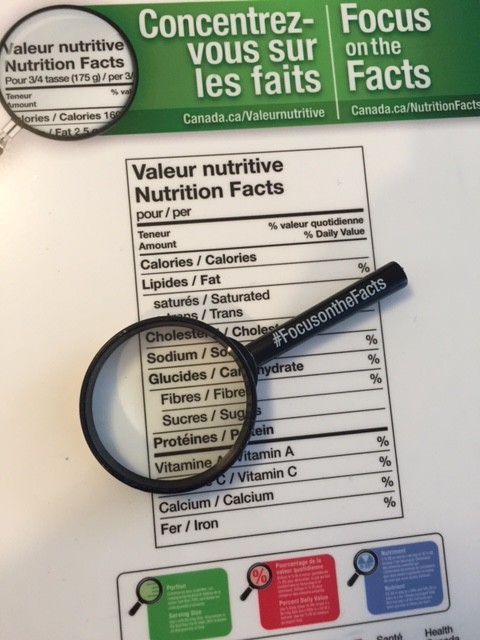
Do you read the labels?
![]()
When you buy food, do you read the nutrition labels? Over the years I have become a label reader. You’ll see me standing in the aisle looking for two different boxes or cans carefully while I decipher what I think about the ingredients and whether or not I want to bring them home with me. We all know to limit our pre-packaged items, and while I love cooking from scratch, I currently don’t make my own crackers or cereal or yogurt. There are still plenty of items that I need to review before I buy.
When I am considering which items to add in my cart, there are a few things in particular I am looking for when I read the labels. I look at the ingredients of course, this is the first thing I do, but I am also looking at the nutrition facts table for the %DV (percentage daily value) and portion size. In particular, I am always drawn to the sodium amounts and sugar amounts. The nutrition facts table tells us a lot about the product and helps us make informed decisions (BUT don’t forget to look at the ingredient list too!)
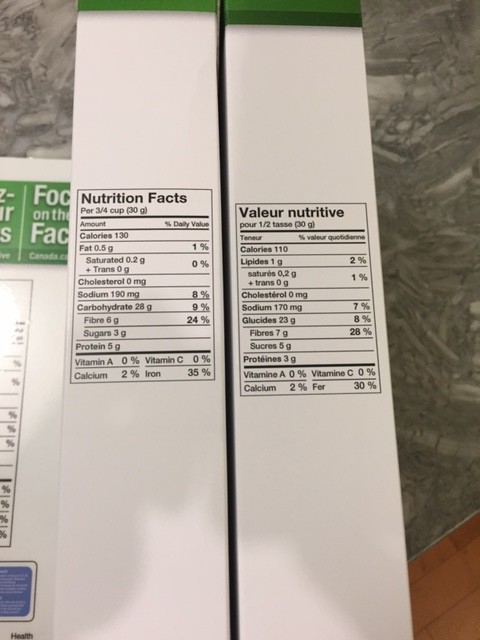
I’ve fallen into the portion size trap before. Thinking one item was a descent selection, only to discover that the portion size was ridiculously small and therefore, calculating the nutritional information was not as accurate as I wanted. 1/4 cup of chips just won’t do while I’m watching my favourite TV show. I still argue that most companies should tell me the nutritional facts for the entire bag. But I digress…
So what’s the deal with all of this label reading? The Nutrition Facts Education Campaign: “Focus on the Facts” asked me to share a bit more info about portion size and %DV. You can read more about both on their Healthy Canadians website.
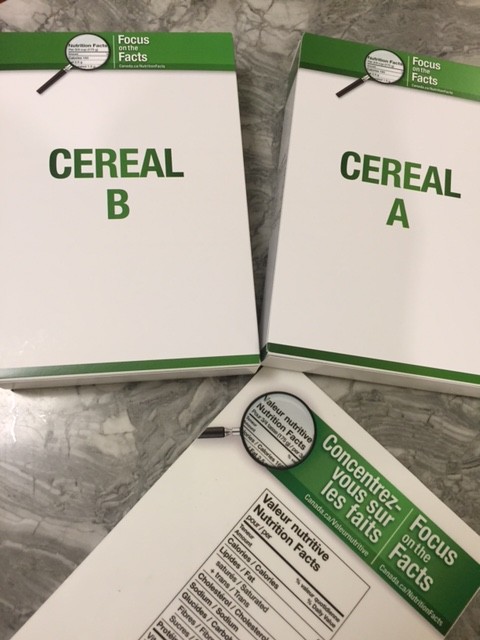
I think ultimately it’s about making informed choices. It’s crucial that we all read what is in the food we buy and to understand that not all labels are created equal. I don’t think any of our pantries have to be perfect with no pre-packaged items, I just think that it’s important to understand what we are buying. When I read that some ingredients are high in sugar, it doesn’t mean that I should feel guilty if I buy that item once and a while, but being able to make an informed decision about that treat or snack (and how much any of us should have) is a must for me and my family.
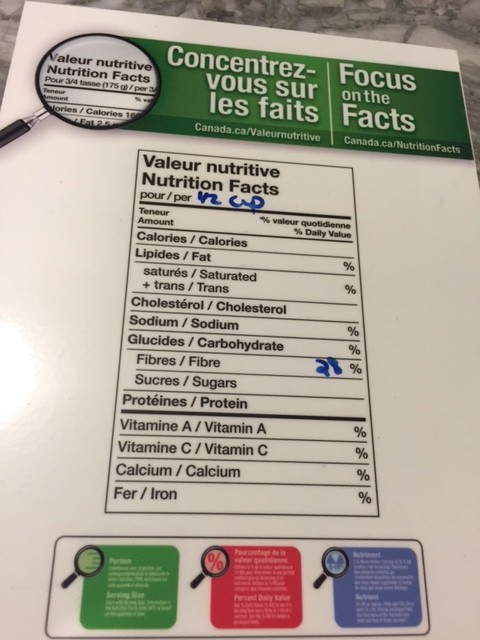
The kids aren’t yet looking to read the ingredients on anything. They go by taste, and sometimes, by how a certain food looks. I hope that our open discussions about healthy foods, whole foods, eating a balanced meal, fruits and vegetables and so on, will help them make their snack choices a bit healthier, even if they are just grabbing crackers from the cupboard.
When comparing different products, look at the serving size, and then look at the percentage of daily value. The Healthy Canadians website suggests that less than 5% of something is a little bit, and more than 15% is a lot. I would say personally that when I’m looking for sodium, 15% is often a red flag for me. This helps me make a decision: I can find a reduced sodium option (like the vegetable juice my son enjoys), or in a lot of cases, decide to make it on my own (like taco seasoning!)
Are you a label reader? Do you think you can become one? What labels are you often finding yourself reading?
Share in the comments some of your best finds thanks to your label reading skills!
Disclosure: This post was sponsored by Healthy Canadians The Nutrition Facts Education Campaign: “Focus on the Facts” and other partners and I received compensation but all opinions are my own. Additional truth: I rarely look at the nutritional facts table for things like chocolate. 😉
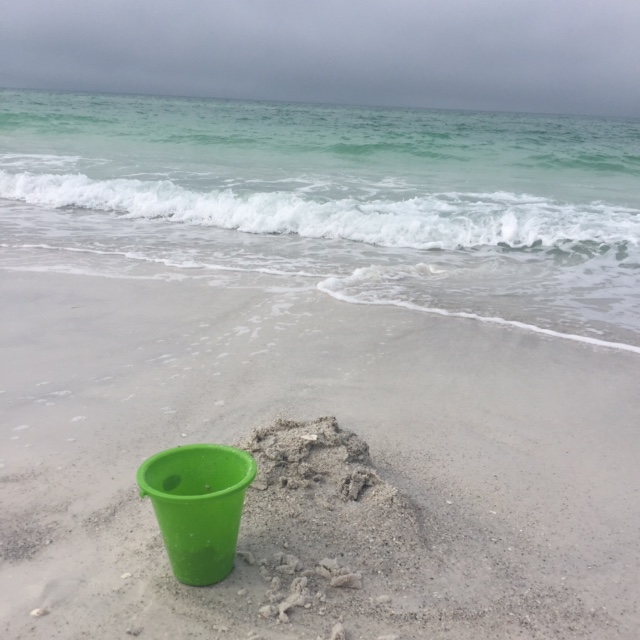
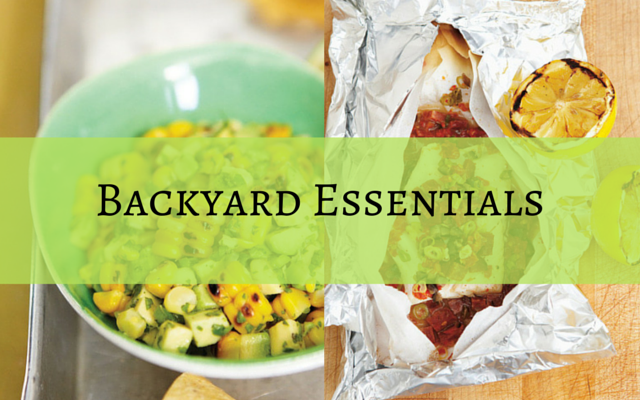
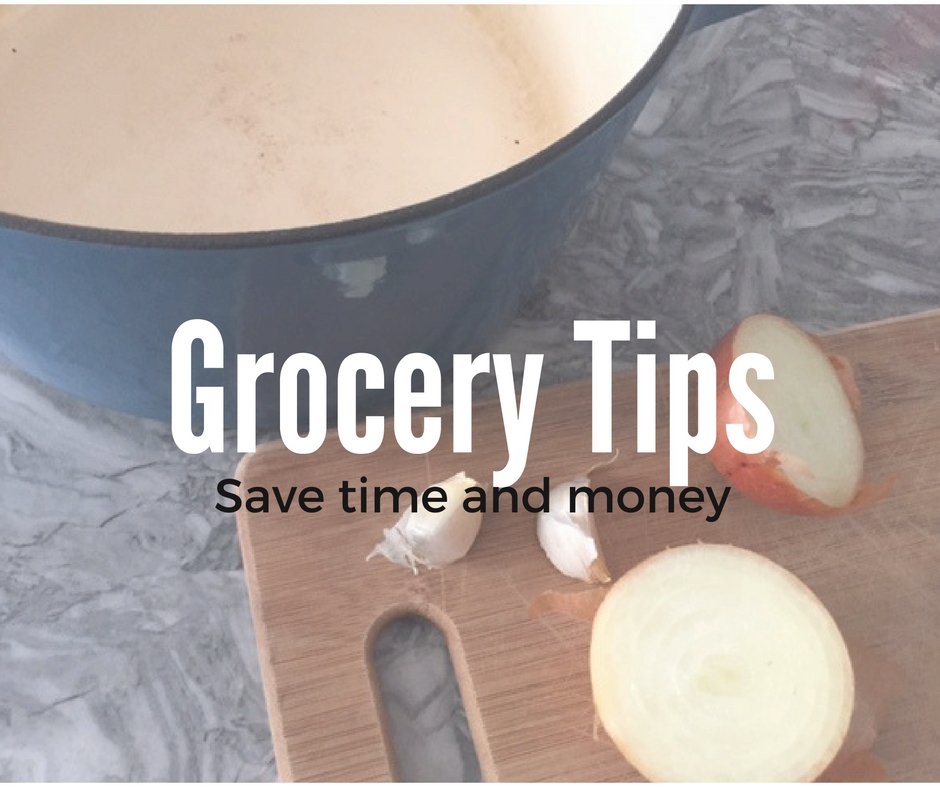

2 Comments
Tina @AMindfulFairytale
I am definitely a label reader! I am usually just looking at the ingredients because our family avoids many of the things that get added to our food. If it’s something I buy often, then I don’t always read it but do every once in a while in case ingredients have changed.
Rebecca
The ingredient list is really important for me too! Thanks for stopping by and commenting 😉